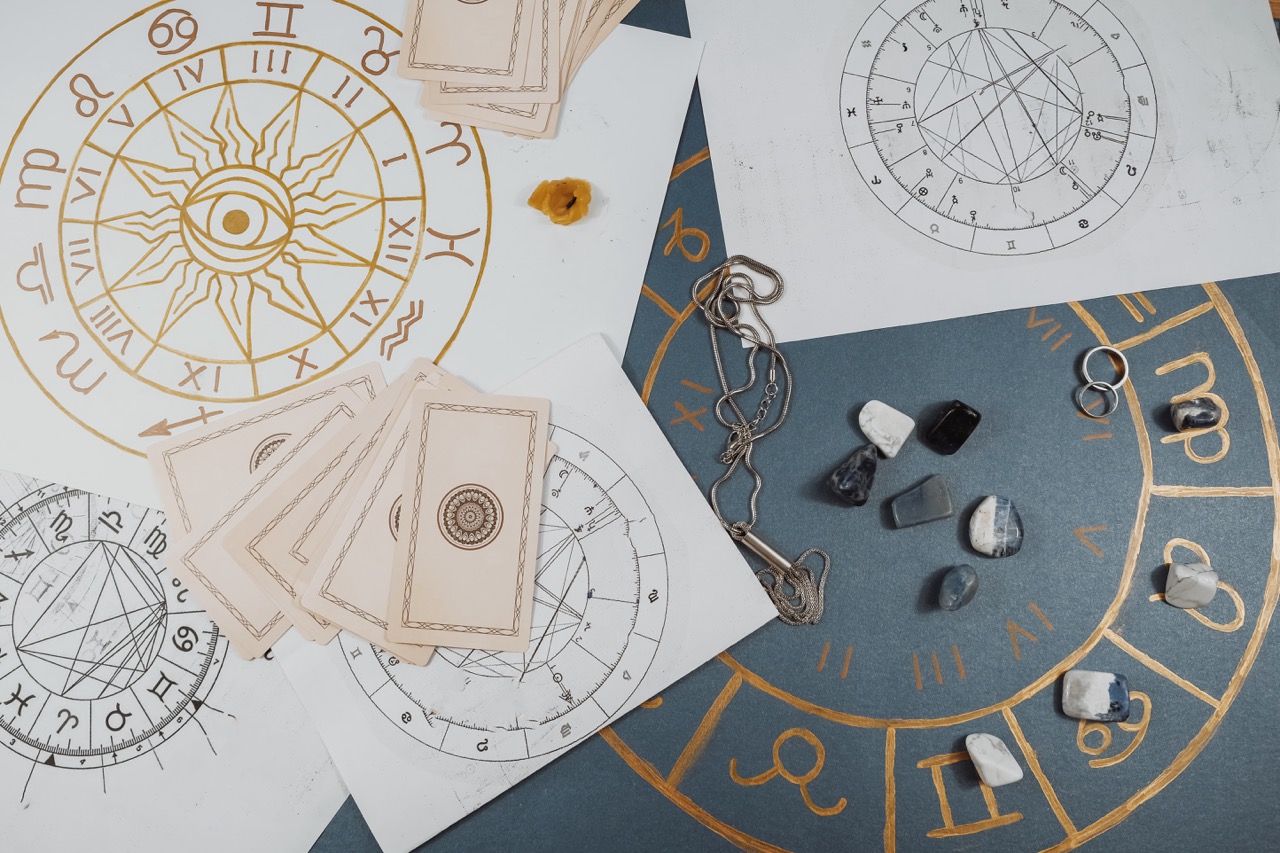In the realm of science and astrology, few figures shine as brightly as Johannes Kepler. Born in 1571, this German mathematician and astronomer transformed our understanding of the universe with his revolutionary ideas. As a man who bridged the worlds of mysticism and empirical observation, Kepler’s astrological genius was not merely a reflection of celestial bodies but a profound understanding of their interconnectedness and influence on human affairs. This article explores Kepler’s visionary mind, his exploration of planetary motion, the rhythm he discerned within the cosmos, and the enduring legacy he left for modern astrologers.
Unraveling the Celestial Symphony: Kepler’s Visionary Mind
Kepler’s journey into the mysteries of the universe began with a thirst for knowledge that transcended the conventional boundaries of his time. As a student of astrology and a proponent of mathematical relationships in nature, he approached the cosmos with a unique blend of curiosity and reverence. Kepler believed that the planets played a symphony, each contributing its own harmony to the grand cosmic score. His audacious vision led him to challenge the geocentric models prevalent in his day, instead advocating for a heliocentric perspective that placed the Sun at the center of our solar system.
His philosophical roots in astrology shaped his scientific inquiries, as Kepler sought to understand not only the mechanics of planetary motion but also their impact on human lives. He famously stated that astronomy is "the most exact of the sciences," a testament to his belief that celestial patterns have profound implications for earthly existence. By intertwining his astrological insights with rigorous mathematical calculations, Kepler laid the groundwork for a new understanding of the cosmos, one that acknowledged the sacredness of the heavens while embracing empirical discovery.
Kepler’s visionary mind was further exemplified by his relentless quest for knowledge, which led him to meticulously analyze the impressive observational data collected by Tycho Brahe. The fusion of Brahe’s empirical observations with Kepler’s mathematical ingenuity resulted in groundbreaking conclusions. This synergy of thought and observation transformed the way we perceive celestial movements, inviting humanity to ponder its place within the grand tapestry of existence. Kepler’s genius was not just in his discoveries but in his ability to see beyond the tangible, revealing the deeper connections that bind the universe together.
The Cosmic Architect: Navigating the Dance of the Planets
As the Cosmic Architect, Kepler expertly navigated the intricate dance of the planets, unveiling their movements through his pioneering laws of planetary motion. His first law, the Law of Ellipses, proposed that planets orbit the Sun not in perfect circles but in elliptical paths. This revelation not only corrected centuries of astronomical thought but also illuminated the beauty of imperfection inherent in the cosmos. By infusing his mathematical prowess with an artistic sensibility, Kepler revealed the delicate balance of gravitational forces at play, echoing the poetic rhythm of a cosmic ballet.
The second law, known as the Law of Equal Areas, depicted how a planet’s speed varies depending on its distance from the Sun. Kepler’s insight into this varying velocity metaphorically reflects the ebbs and flows of life, reminding us that movement and stillness are both essential in the journey of existence. Just as planets accelerate and decelerate while navigating their orbits, we too experience moments of rapid change and serene reflection. This profound connection between celestial dynamics and human experience underscores the relevance of Kepler’s work in both scientific and astrological contexts.
Finally, with his third law, the Law of Harmonies, Kepler established a mathematical relationship between the distances of the planets from the Sun and their orbital periods. This elegant formula revealed the underlying order of the cosmos, suggesting that the universe is not merely a chaotic expanse but a finely-tuned symphony governed by mathematical principles. Through his insights, Kepler invited humanity to recognize that we are part of a grand design, encouraging us to find harmony within our own lives as we navigate the complexities of existence.
Celestial Harmony: Kepler’s Laws and the Universe’s Rhythm
Kepler’s laws of planetary motion are more than scientific principles; they embody a deeper understanding of celestial harmony that resonates with astrological tradition. The rhythm of the universe, as described by Kepler, reflects the interconnectedness of all things, suggesting that the movements of the planets are not isolated phenomena but rather part of a greater cosmic orchestration. In astrology, this rhythm becomes a guiding force, illuminating the pathways of human experience and personal growth.
Kepler’s innovative approach to astrology emphasized the importance of celestial cycles and their influence on earthly events. By recognizing the cyclical nature of planetary movements, he encouraged astrologers to interpret astrological charts not as static snapshots but as dynamic maps of potential. Each planetary alignment, as per Kepler’s vision, carries meaning, inviting individuals to align their actions with the cosmic rhythms that govern their lives. Thus, Kepler’s insights paved the way for a more holistic understanding of astrology, one that embraces change and growth.
The concept of celestial harmony resonates profoundly in the practice of modern astrology. Kepler’s work serves as a reminder that the universe is a living entity, pulsating with energy and rhythm. His belief in the cosmic connection between the celestial and the terrestrial inspires contemporary astrologers to explore how planetary movements can guide personal transformation. By integrating Kepler’s principles into modern practice, astrologers can illuminate paths of self-discovery, encouraging individuals to dance in harmony with the universe’s eternal rhythm.
Legacy of the Stars: How Kepler Inspires Modern Astrologers
Kepler’s legacy endures in the hearts and minds of modern astrologers who draw inspiration from his revolutionary ideas. His synthesis of mathematics and mysticism offers a rich framework for understanding the interplay between celestial phenomena and human existence. Many contemporary practitioners of astrology cite Kepler as a pivotal influence, recognizing that his insights provide a foundation for interpreting the complexities of astrological charts. The vision of the cosmos he presented continues to resonate, inviting astrologers to explore the connections between celestial events and personal experiences.
His emphasis on the importance of personal agency in the face of cosmic influences has also found a home in modern astrological thought. Kepler’s recognition that planetary movements reflect potential rather than predestined outcomes encourages astrologers to empower their clients with the knowledge of how to navigate their unique life journeys. This perspective champions the idea that while the stars may guide, it is ultimately individuals who hold the key to their destinies, allowing for a more dynamic and participatory approach to astrology.
In a world increasingly seeking meaning and connection, Kepler’s vision of a harmonious universe serves as a beacon of inspiration. His legacy reminds us that the cosmos is not a distant realm but a fundamental aspect of our existence, encouraging us to seek alignment with the greater forces at play. Modern astrologers, inspired by Kepler’s genius, continue to explore the intricate relationships between the stars and human lives, fostering a deeper understanding of our place within the celestial tapestry.
Johannes Kepler’s astrological genius transcends the boundaries of time and discipline, uniting science, art, and spirituality in a quest for understanding. His visionary mind, profound insights into planetary motion, and the harmonious rhythm of the cosmos have left an indelible mark on both astronomy and astrology. As we continue to navigate the complexities of our own lives, let us draw inspiration from Kepler’s legacy, embracing the celestial connections that guide our journeys and celebrating the harmonious dance of the universe that binds us all. In this cosmic symphony, we find not only knowledge but also the profound beauty of existence itself.




